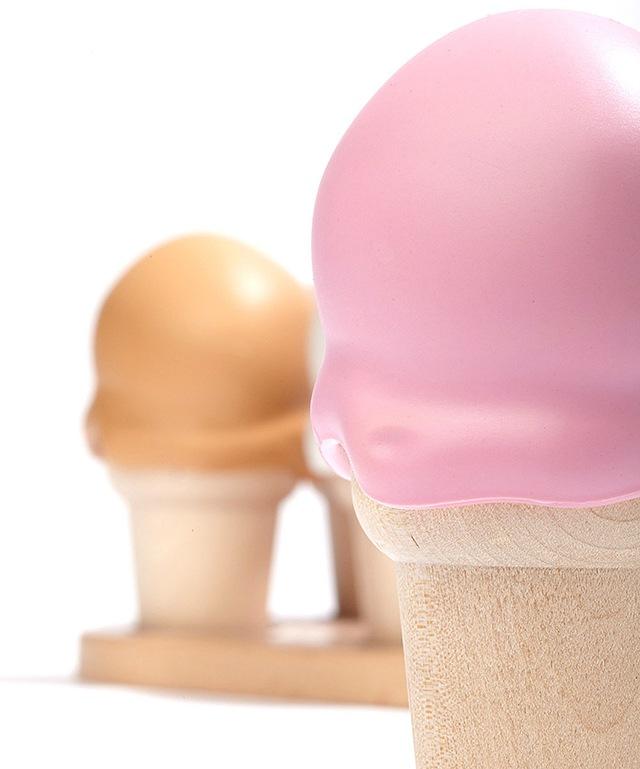
By Kevin Ireland
Plastics are seemingly the ideal raw material for toys. They’re relatively inexpensive, easy to clean, durable and can be molded into just about anything a child’s imagination can cook up. While wood, textiles and metals can no doubt still be found in your average toy box, these materials have largely been supplanted by the now-ubiquitous plastic toy. Teethers, rattlers, stack toys, play food and other early childhood toys especially are all reliably made from plastics.
But the mass production made feasible by the qualities above has created its own set of problems. As will surprise no one familiar with mass consumption and its green backlash, the products we make — plastics in this case — are prone to unintended consequences. Environmental degradation, exposure to harmful chemicals and the problem of waste plague all industries. But given the ubiquity of plastic toys in stores, classrooms and nurseries, the toy manufacturing industry faces the twin prospects of having a uniquely massive carbon footprint and the severest consequences for a vulnerable user-base if it neglects to make a change to more sustainable plastics.
Luckily, toymakers are in fact exploring options for using more sustainable plastics over petroleum-based incumbents. The following are some of the most promising spins on an old material, both from a sustainability and performance perspective, that toymakers are exploring with some success:
- Bio-based plastics like PLA, PHA and starch polymers made with renewable feedstocks can be used in place of the petroleum-based feedstocks used in traditional plastics. The result are toys that do not deplete our finite natural resources.
- Biocomposite plastics combine natural fibers or wood flour with recycled, biodegradable or bio-based plastics to create durable, weather-resistant toys.
- Biodegradable plastics like PLA, PHA or compostable soft plastic elastomer can be used to make toys that can be returned to nature when their useful lives have ended.
Why toymakers are on the lookout for more sustainable plastics
A sort of symbolism plays into the exploration of alternative, sustainable plastic materials for toys. When toymakers break from petroleum-based feedstock for their products and instead explore more environmentally-friendly raw materials, they signify an interest in what sort of planet their users will grow up to inherit.
Sustainable plastics, made with bio-based, biocomposite or biodegradable raw materials, reflect a desire to preserve our planet’s natural resources and ensure their toys leave a legacy of innovation and care rather than waste and degradation. And, it turns out, what initially makes sense about toymakers exploring sustainable plastics makes even more when you think about what they’re subbing out in exchange.
Many of the chemicals used to give plastic their flexibility—plasticizers as they are known—have been shown to be endocrine disruptors and linked to the development of tumors, birth defects and developmental disorders. Both the United States and the European Union have had a ban on the use of certain types of phthalates for years. Especially for young children, there is a fear that chewing on or heating the toys can exacerbate the harmful effects of exposure to chemicals like phthalates, bisphenol A (BPA) and heavy metals. Removing these chemicals, as well as others like PVC, should be a major thrust for toymakers looking to avoid exposing children to potentially harmful substances during the important period of early childhood development.
Once toymakers begin exploring options for less toxic materials, they often also find an unexpected marriage between sustainability and performance. Biocomposite materials which utilize natural fibers such as wood pulp, flax, starch and others can bring performance characteristics such as durability, natural feel and even buoyancy to the fore. Exploring sustainable plastics made with biocomposite materials gives toymakers a degree of flexibility and chance for creativity that’s lacking even with already versatile traditional plastic formulations.
Images courtesy of Green Dot Bioplastics
Kevin Ireland is the Communications Manager at Green Dot Bioplastics.
TriplePundit has published articles from over 1000 contributors. If you'd like to be a guest author, please get in touch!














